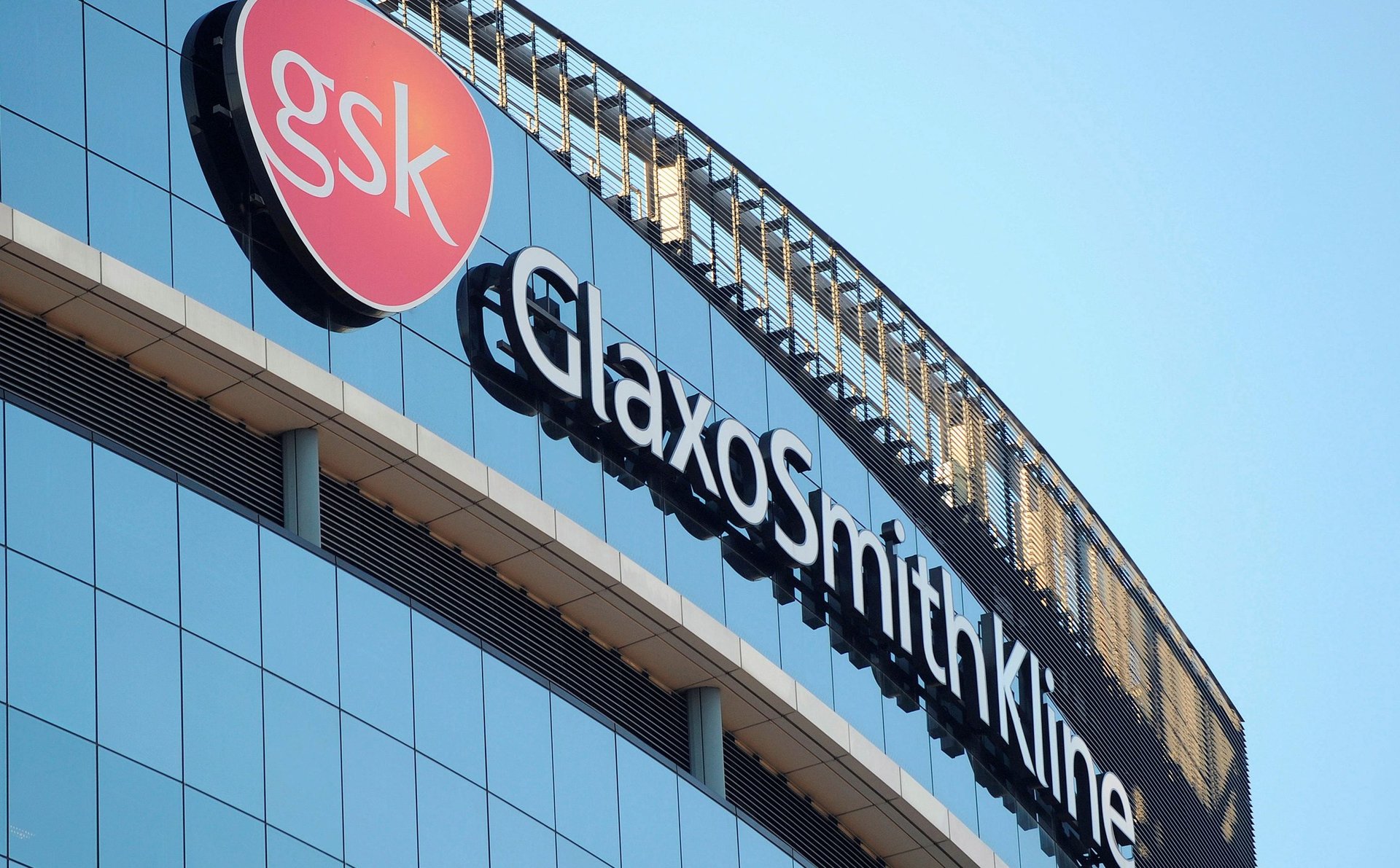How Glaxo’s new chief science officer runs meetings to get results
There are a number of strategies to make sure you’re not wasting time when you have a meeting. A big one is making sure everyone present knows why they’re there. Hal Barron, the chief science officer of UK pharma giant GlaxoSmithKline, begins every meeting by asking “What, exactly, is this meeting for?”


There are a number of strategies to make sure you’re not wasting time when you have a meeting. A big one is making sure everyone present knows why they’re there. Hal Barron, the chief science officer of UK pharma giant GlaxoSmithKline, begins every meeting by asking “What, exactly, is this meeting for?”
According to a profile in Forbes, Barron then makes sure every meeting has a decider—the person who will make the final decision—and challengers. He says he doesn’t believe in decision by committee, and wants a single individual to be accountable, so Barron will either declare that he will make the final decision, and expect the others in the room to challenge him, or he will appoint someone to make the decision, and then become a challenger. He even does this in meetings with Glaxo CEO Emma Walmsley.
Walmsley hired Barron to shake up the company’s $6 billion research operation and turn its pipeline of medicines in clinical trials into future blockbusters. This will mean making tough calls about pulling the plug on projects that have been in the works for years, and identifying promising treatments in the blizzard of scientific data.
While we’ve grown accustomed to thinking that building consensus produces the best results, it can also be slow and inefficient. Particularly in large, bureaucratic organizations like Glaxo, with its 100,000 employees in 150 countries, there’s a value in techniques that speed decision making and avoid wasting time and effort.
To that end, according to Forbes, Barron also is a fan of the “pre-mortem,” where he asks team members to envision why a project or initiative might fail. By harnessing the power of negative thinking, Barron hopes to avoid the mistakes that can cost a company billions.